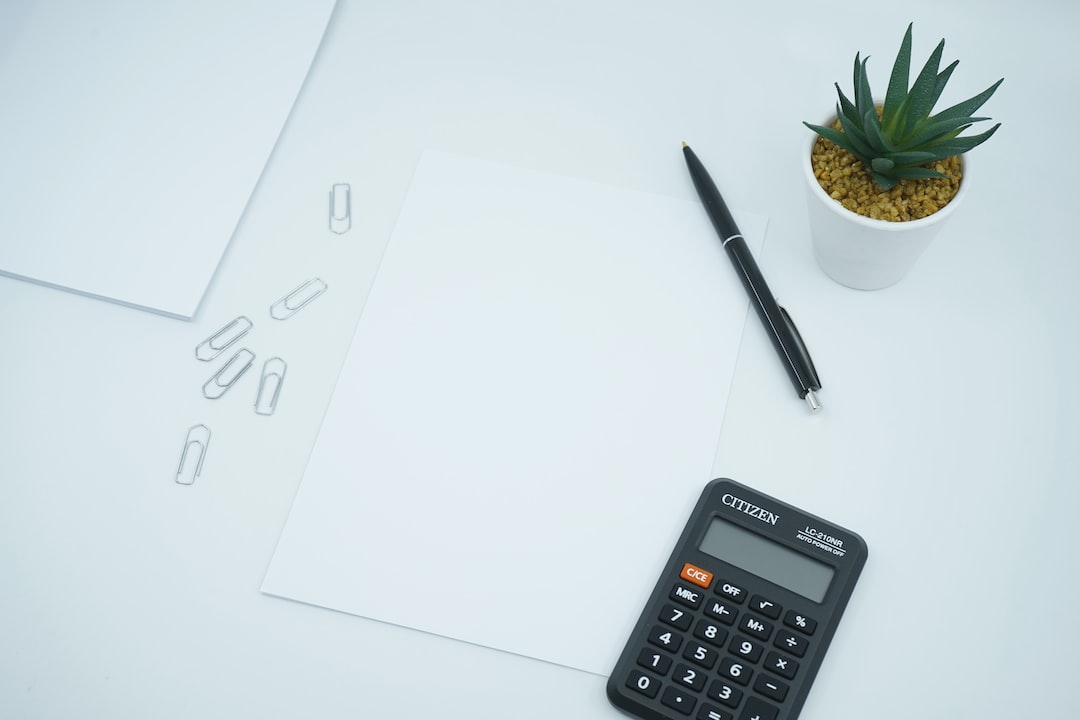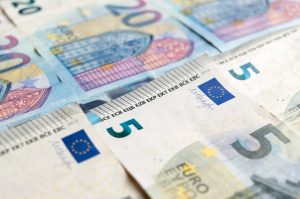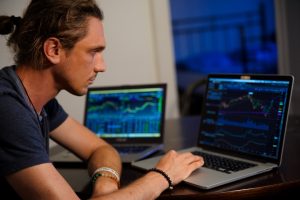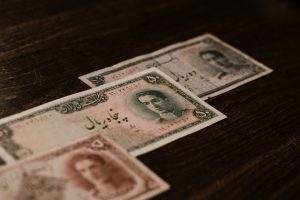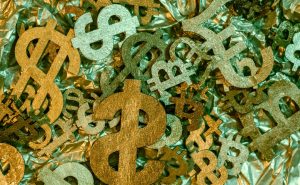Forex, short for foreign exchange, is the world’s largest financial market, with an average daily trading volume of over $5 trillion. The forex market is decentralized, meaning that it operates 24 hours a day, five days a week, across different time zones and continents.
Forex trading involves buying and selling currencies of different countries. The exchange rate between two currencies determines the value of each currency relative to the other. For example, if the exchange rate between the US dollar and the euro is 1.20, it means that one euro is worth 1.20 US dollars.
The forex market works through a network of financial institutions, including banks, brokers, and electronic trading platforms. These institutions act as intermediaries between buyers and sellers of currencies.
The forex market is open 24 hours a day, five days a week, starting from Sunday evening in Asia and closing on Friday evening in New York. This means that traders can buy and sell currencies at any time, depending on their preferences and trading strategies.
The forex market is highly liquid, meaning that there is a high volume of trading activity, which makes it easy for traders to enter and exit trades quickly. This liquidity is due to the large number of participants in the market, including banks, hedge funds, corporations, and individual traders.
Forex trading involves buying and selling currency pairs. A currency pair is the exchange rate between two currencies, expressed as a ratio. For example, the EUR/USD currency pair represents the exchange rate between the euro and the US dollar.
Traders can take two types of positions in the forex market: long and short. A long position involves buying a currency pair in the hope that its value will increase over time. A short position involves selling a currency pair in the hope that its value will decrease over time.
The forex market is highly volatile, meaning that prices can fluctuate rapidly in response to economic, political, and social events. Traders use technical analysis and fundamental analysis to predict future price movements and make trading decisions.
Technical analysis involves analyzing charts and using technical indicators to identify trends and patterns in price movements. Fundamental analysis involves analyzing economic and political factors that may affect currency prices, such as interest rates, inflation, and geopolitical tensions.
Forex trading involves using leverage, which means that traders can control larger positions than their account balance would allow. Leverage amplifies both profits and losses, which means that traders need to manage their risk carefully.
Forex trading also involves paying spreads, which are the difference between the buying and selling price of a currency pair. Spreads vary depending on market conditions and the broker’s fees.
In conclusion, the forex market is a complex and dynamic financial market that involves buying and selling currencies from different countries. The market operates 24 hours a day, five days a week, and is highly liquid and volatile. Traders use technical and fundamental analysis to make trading decisions and manage their risk using leverage and spreads.

